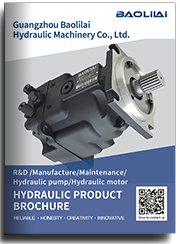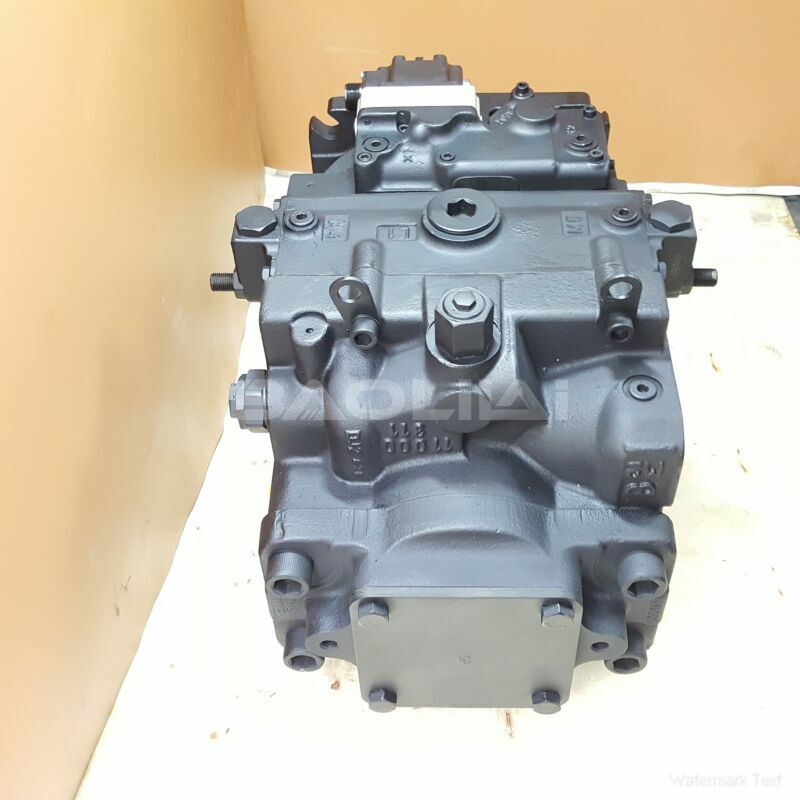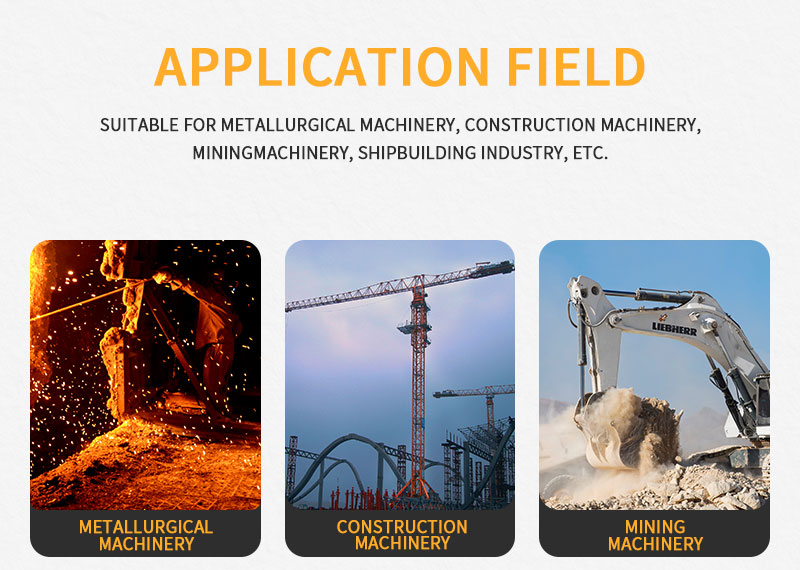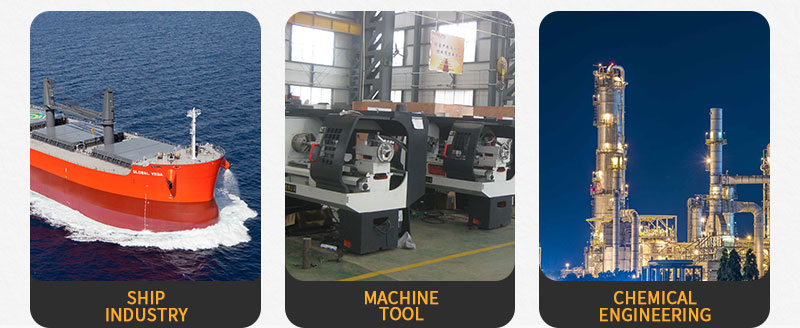90R100KP1BC80S4F1E03GBA353524 danfoss pump
90R100KP1BC80S4F1E03GBA353524 danfoss pump

- Product Details
- Applicable Scene
As industries continue to evolve, the maintenance of heavy equipment and machinery is becoming increasingly vital. Among the various components that contribute to the efficiency of these systems, plunger pumps have emerged as indispensable tools. Their design and functionality have set the standard for fluid transfer and pressure management in demanding environments. The future of plunger pumps in heavy equipment and machinery maintenance promises to encompass advanced technologies and innovations that will enhance efficiency, reliability, and sustainability.
90-R-100-KP-1-BC-80-S-4-F1-E-03-GBA-35-35-24
90R100KP1BC80S4F1E03GBA353524
One of the foremost trends in the evolution of plunger pumps is the integration of smart technologies. The Internet of Things (IoT) is set to revolutionize how machines communicate and operate. By embedding sensors in plunger pumps, operators can monitor real-time data related to pressure, flow rates, and operational efficiency. This data can be utilized to predict maintenance needs, reducing unexpected failures and downtime. Predictive maintenance enabled by smart technology is not only more efficient but also cost-effective, allowing companies to allocate resources more judiciously.

9621644
Furthermore, the development of advanced materials is expected to enhance the durability and performance of plunger pumps. Innovations in materials science have led to the creation of components that can withstand extreme pressure and corrosive environments. For instance, composite materials and advanced ceramics offer resistance to wear and tear, extending the lifespan of pumps and reducing the frequency of replacements. This longevity is particularly beneficial in heavy machinery applications, where downtime can lead to significant financial losses.
Energy efficiency is another critical area where plunger pumps will see advancements. As industries face rising energy costs and increasing pressure to adopt sustainable practices, the development of energy-efficient pump designs will become paramount. Manufacturers are likely to focus on optimizing pump configurations and hydraulic systems to minimize energy consumption while maximizing output. The future may also witness the adoption of hybrid systems that combine conventional pumps with alternative energy sources, furthering the focus on sustainability.





